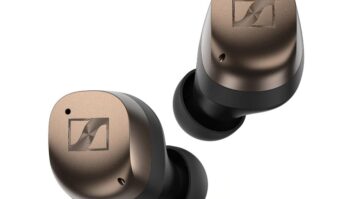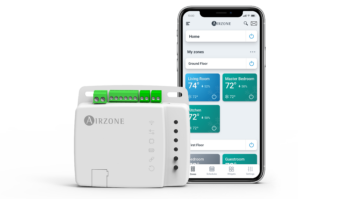
The hype that surrounds the Internet of Things (IoT) has grown exponentially in recent years — and market growth is starting to catch on. That means more cool, useful devices and software will be advertised and brought to market.
It also means, and data proves this, that although these smart “things” have piqued the interest of the consumer, the large majority of them are dumbfounded as to how to connect them, complete desired tasks, and flat out use them.
PlumChoice recently surveyed 1,500 consumers to compile the IoT Device Adoption and Technical Support Benchmark Report: 2015. It reveals very real issues with smart, Internet-connected devices and the people we expect to buy them. Sure, many of these items pass the cool-factor test, but if the everyday consumer can’t figure out how to use and integrate them at home or work, then what good are they?
We took a look at the adoption and use of today’s mainstream, Internet-connected devices (i.e., smartphones, laptops and fitness bands), along with consumers’ understanding of and intent to use emerging smart-home technologies (i.e., smart cars, door locks and thermostats). The research also gauged consumers’ needs and expectations for smart-item technical services and support.
The survey shines a very bright spotlight on an overwhelming truth: Consumers are struggling to use and recognize the benefits of the connected technology they already have, let alone the new technology being brought into their personal technology environments.
Five highlights really speak to the consumer struggle, and what IoT brands need to be aware of and act on to succeed in the market:
- Show of hands, who has trouble with “smart things”? More than two-thirds (67 percent) of consumers surveyed are struggling in their use of common connected devices. Even more alarming for IoT brands selling these devices or solutions: 46 percent of those consumers do not ask for help when they need it. This means if the consumer can’t figure it out on the first try, the device gets shoved into the metaphorical (or literal) closet.
- Is the value even there? Nearly three-quarters of respondents said they have no plans to purchase a smart-home device in the next two years, though 26 percent said that they currently own a smart-home device right now. More surprisingly, 48 percent say they don’t believe they need one. With the hype and perceived costs of smart things, consumers are not on the same page as the brands manufacturing, developing and selling these innovations when it comes to the value expected.
- Are younger generations exempt from the struggle? Short answer: no! Sixty percent of consumers between the ages of 18 and 24 aren’t recognizing the value of the “things” they are buying. What does this mean? Well, the assumption is that the younger generation can easily figure out newer technologies; however, the harsh reality is that they too need help using the devices, gadgets and “stuff” they’ve purchased.
- Who’s to be the trusted go-to for technical help? As of now, IoT brands are not seen as a “trusted technology advisor” to the consumer. In fact, 50 percent of respondents said they turn to a friend or family member for help, while only 17 percent ask the product’s manufacturer for assistance, and only 14 percent turn to the retailer who sold them the product.
- Is your brand reputation at risk? More than three-quarters of respondents said a brand’s ability or inability to provide the technical help they need affects their willingness to shop with or for that brand again. Fourteen percent said they’ve returned a product in the past two years because they had difficulty installing and using it. More than half of those individuals said they will not buy from that brand again.
What the data we’ve uncovered tells us is that while smart devices are intriguing (whether in play or in our futures), brands are having trouble getting consumers past the cool factor and into the adoption and usefulness stages. While players in the IoT focus on ensuring their devices or systems work as advertised, when those gadgets and solutions enter what is always an existing, highly personalized and dynamic technology environment, the game changes. The consumer experience is that these devices cannot be easily connected, used and enjoyed in the home or office setting, even for the most technical (and tenacious) DIYers.
With respect to the innovations being brought to market, brands making and/or selling smart things need to be … well, smarter! Smarter about making technical support a feature of, or bundling it with, their smart products. Smarter about the reality of the unpredictable technology environments of their customers. And smarter about changing their support paradigms.
Why? Because leaving millions (if not billions) of dollars on the table is not a smart move.
Wynn Grubs is senior VP, business and partner development, for tech support services provider PlumChoice.













